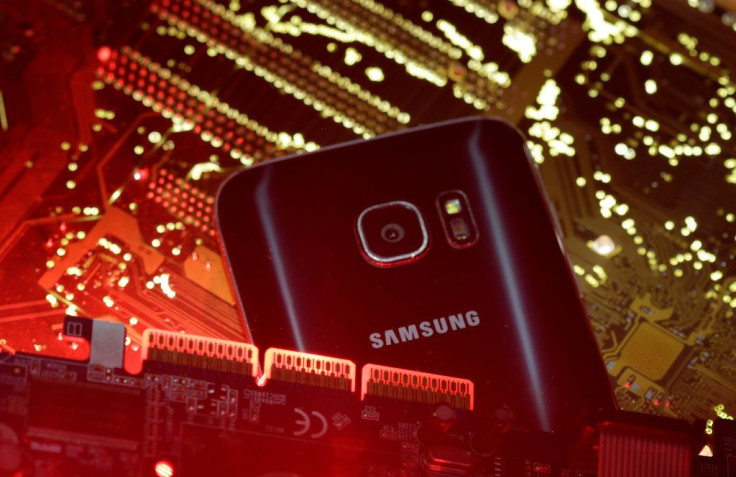Samsung Announces Upcoming Event, Hints At Galaxy Smartphone With Four Rear Cameras

Samsung just released the Galaxy Note 9 and fans might get a first look at the company foldable smartphone in November. However, the South Korean phone maker has sent out invites for an upcoming event next month where it could announce a new Galaxy smartphone that might feature a peculiar camera setup.
Samsung's upcoming event will happen on Oct. 11 and the company has described it as “ a Galaxy event,” which indicates that a new Galaxy-branded device will be announced. The invitation also shows that the event will be streamed live on Samsung’s website. The most interesting thing about the invitation is that it features the tagline “4x fun.”
It’s now being speculated that Samsung might announce a new Galaxy smartphone that will feature four cameras on its back. That may sound ridiculous, but a device like that was already hinted by Twitter leaker Ice Universe earlier this month. Some might already be thinking that four cameras on a smartphone might mean two up front and two on the back, but Ice Universe said that the cameras will all be located on the back.
Let the fun times begin, this October 11, 2018. pic.twitter.com/vwX1gDWT4h
— Samsung Malaysia (@SamsungMalaysia) September 14, 2018
So, which Galaxy series phone will get the quad-camera treatment? Last year, Samsung launched the Galaxy A8 (2018) in December. SlashGear suggests that a new version of the handset might be announced during the Oct. 11 event. For those wondering, the Galaxy A8 (2018) is a mid-range Android phone that’s like a smaller and less powerful version of the Galaxy S8. The handset was announced in December, but was released in January 2018.
It’s certainly possible that a new Galaxy A smartphone might be announced next month, but why would Samsung put four cameras on the back of a mid-range handset? This appears to be part of Samsung’s new mobile strategy.
The company’s mobile division CEO, DJ Koh, previously said that Samsung wants to bring new cutting-edge technologies to affordable handsets first before bringing them to flagship models. Koh also said that it was a way to attract millennial users who couldn’t afford Samsung’s premium smartphones.
© Copyright IBTimes 2025. All rights reserved.



















